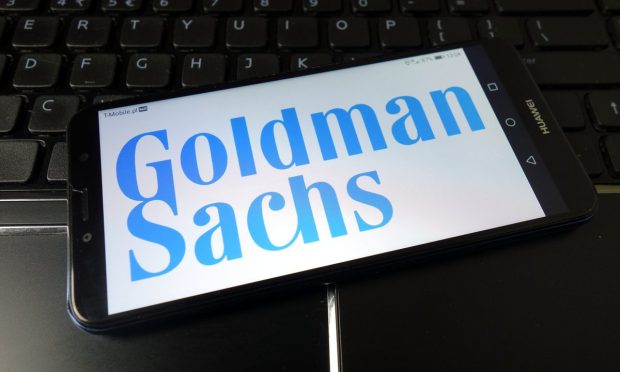Goldman’s Ability to Absorb Losses at Marcus Unit Keeps Neobanks on Edge

There’s an old saying in the newspaper business:
Never argue with someone who buys ink by the barrel.
The implication of that statement is that some people or entities, wield so much power that battling against them becomes an uphill battle.
We’re reminded of that statement on the heels of a Bloomberg article this week that Goldman Sachs, deep in the throes of its main street banking push, is losing money on the effort.
Losing as much as $1.2 billion this year alone, in fact. The losses may in fact grow as macro headwinds gather and start to turn consumer lending sour. The digital banking operation — that would be Marcus, of course — is a sea change for the storied Wall Street stalwart. There are more than $100 billion in deposits on the books.
And as we reported when the company released its most recent earnings report, CEO David Solomon said on a conference call over first-quarter earnings results that the stage is set for a continued challenge to the legacy players in financial services, and the company has 13 million consumer banking customers already in place, up from 10 million in the fourth quarter of last year.
Total consumer and wealth management-related revenues came in at $2.1 billion, up 19% year on year. The unit includes Marcus. Management said on the call that thus far Goldman/Marcus has not increased its rates paid on savings.
Drilling down into the earnings supplementals, the company said that consumer banking net revenues gained 30% to $483 million, driven by its credit card business. Credit card-related loans were $11 billion, up from $4 billion last year and $8 billion in the fourth quarter of last year.
Commentary on the call indicated that Goldman will look to spur loan growth across the consumer platform, across installment loans, on cards, and with the recent acquisition of buy now, pay later (BNPL) enterprise GreenSky (the deal closed in September of last year).
These stats show the speed at which Goldman has gained scale, even as red ink is the color of the day. The company may have a while to go before operating losses transform into operating profits. But in the meantime, having the (digital) banking infrastructure in place to launch more cards, services and payment options. All of that may get easier as the macro environment gets a bit easier.
In the meantime, Goldman clearly seems to have the “long game” in its sights, and digital-only upstarts may find the competitive landscape rockier than had been anticipated. That’s because Goldman, already has the licensing and the experience needed to branch out from institutional roots. The neobanks, by way of contrast, have existed somewhat as providers of prepaid cards that are in turn wrapped in mobile apps, where revenues are made off of interchange fees. That’s a business model that will likely see some internal examination if transaction volumes start to dry up.
Goldman, by way of contrast, will offset similar pressures due to the diversity of its own business model, and willingness to suffer some cash drain for long-term gain.
